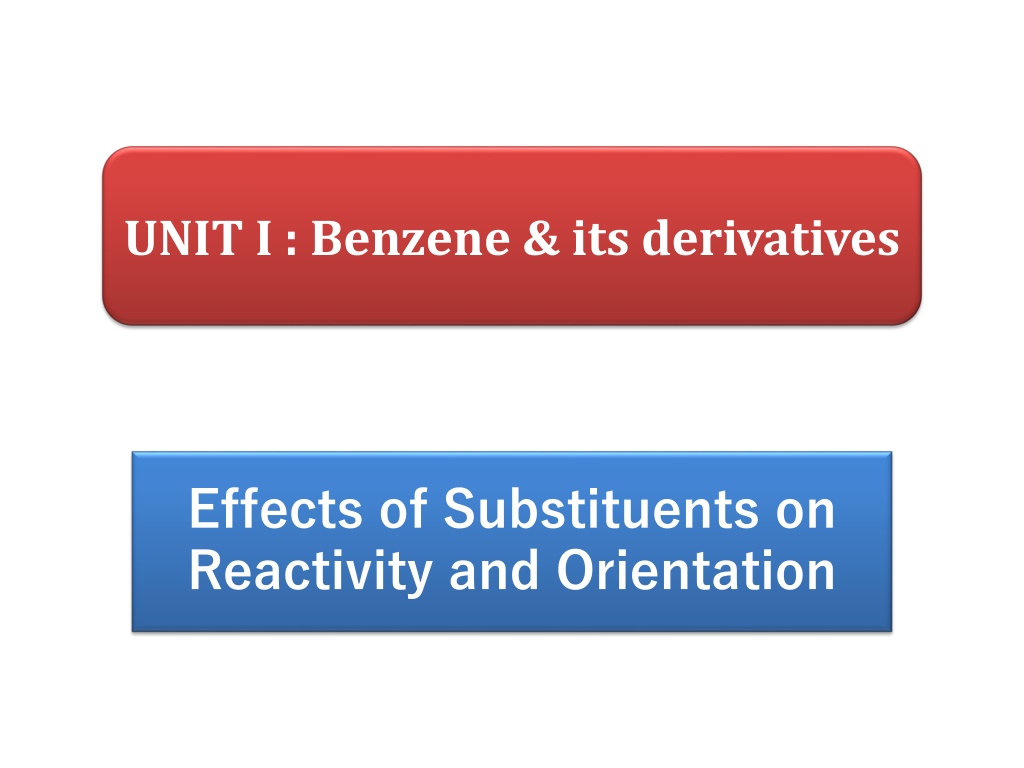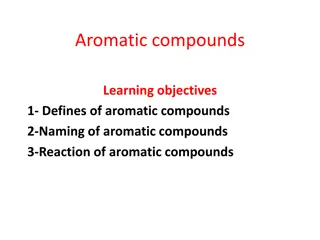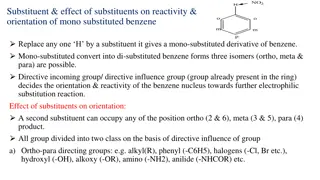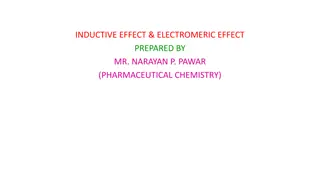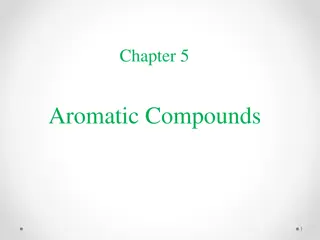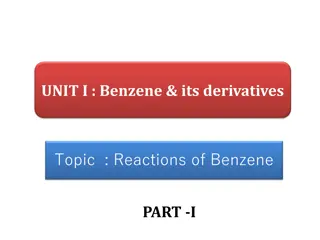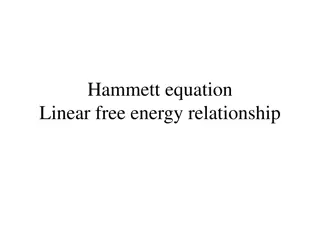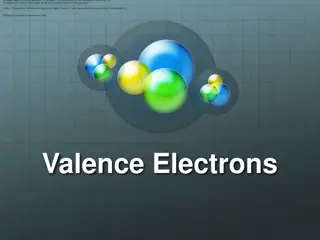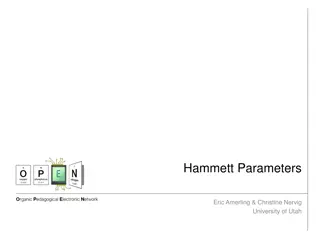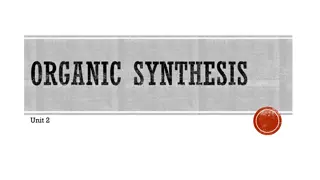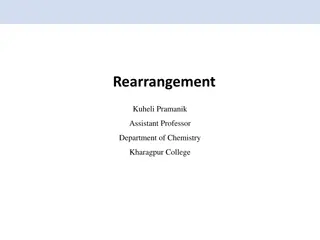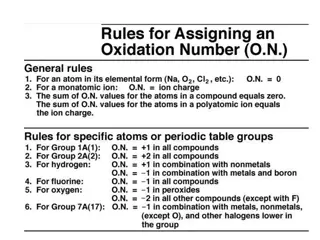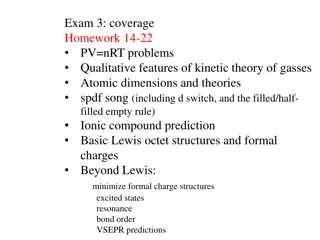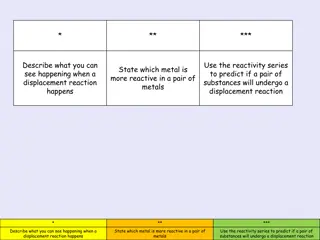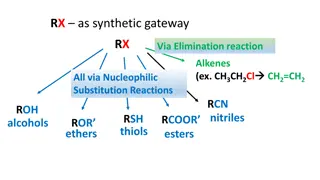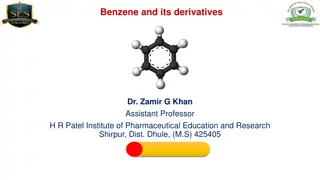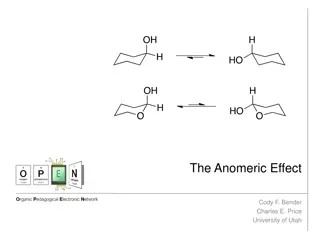Understanding Effects of Substituents on Benzene Reactivity
Substituents on an aromatic ring impact reactivity and substitution orientation. Activating groups make benzene more reactive, while deactivating groups reduce reactivity. Ortho-para and meta directors guide future substitutions to specific positions. Examples of activating and deactivating groups are provided, highlighting their impact on benzene reactivity.
- Benzene reactivity
- Substituent effects
- Aromatic ring substitution
- Activating groups
- Deactivating groups
Download Presentation

Please find below an Image/Link to download the presentation.
The content on the website is provided AS IS for your information and personal use only. It may not be sold, licensed, or shared on other websites without obtaining consent from the author. Download presentation by click this link. If you encounter any issues during the download, it is possible that the publisher has removed the file from their server.
E N D
Presentation Transcript
UNIT I : Benzene & its derivatives Effects of Substituents on Reactivity and Orientation
The nature of groups already on an aromatic ring affect both the reactivity and orientation of future substitution. Activating groups cause the aromatic ring to be more reactive than benzene. Deactivating groups cause the aromatic ring to be less reactive than benzene. Ortho-para directors direct future substitution to the ortho and para positions. Meta directors direct future substitution to the meta position.
Activating Groups : (Ortho-Para Directors) All activating groups are also ortho-para directors. (The halides are also ortho-para directors but are mildly deactivating). The methyl group of toluene is an ortho-para director. (Toluene reacts more readily than benzene, e.g. at a lower temperatures than benzene)
Amino and hydroxyl groups are also activating and ortho-para directors. (These groups are so activating that catalysts are often not necessary)
Deactivating Groups: (Meta Directors) Strong electron-withdrawing groups such as nitro, carboxyl, and sulfonate are deactivators and meta directors.
Halo Substituents: (Deactivating Ortho -Para Directors) Chloro deactivating but are also ortho, para directors. (In electrophilic substitution of chlor obenzene, the ortho and para pr oducts are major ) and bromo groups are weakly
